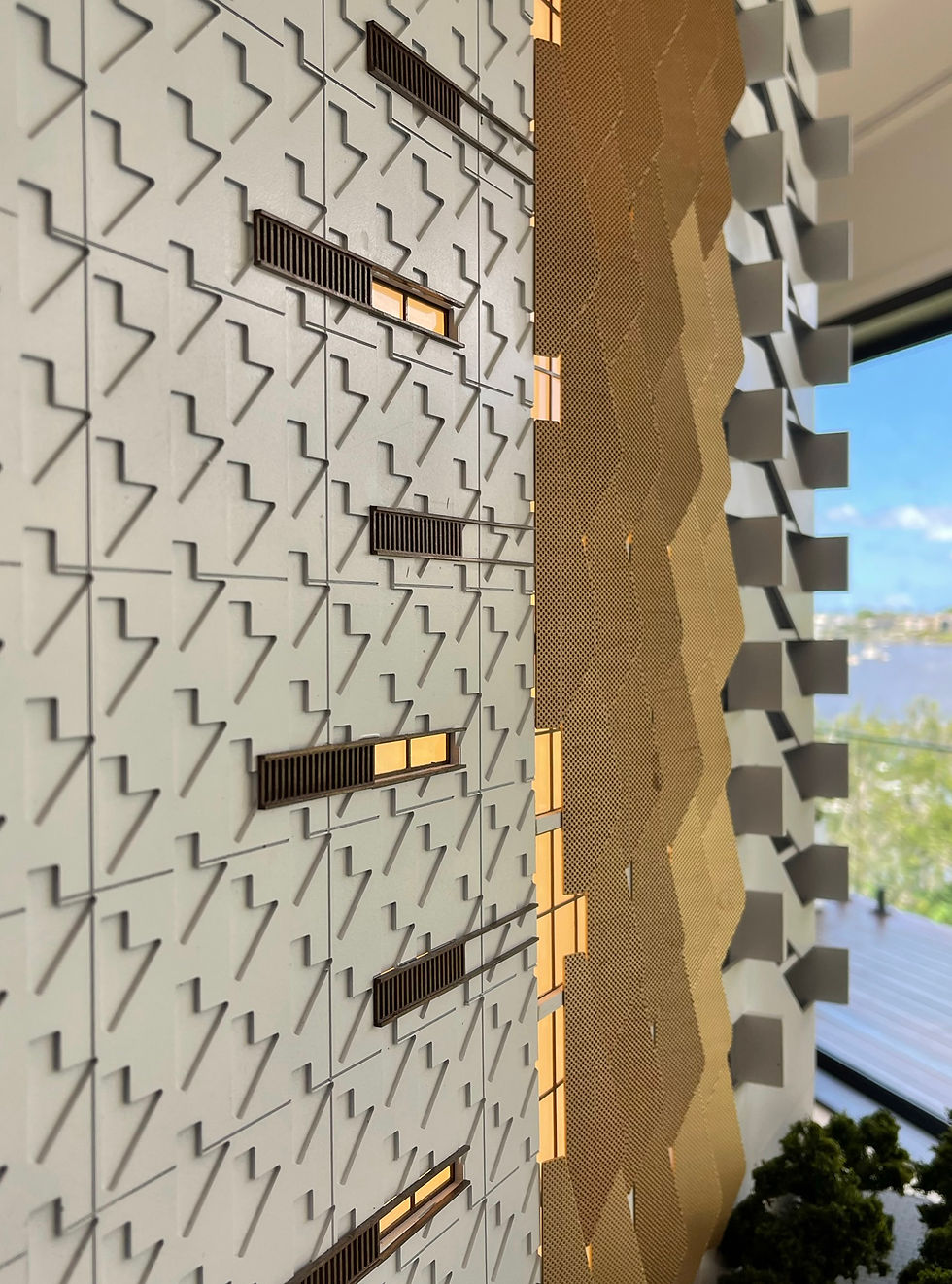How a Physical Scale Model helps with Marketing Challenges
- Andrew Thomas

- Apr 23, 2024
- 2 min read

Scale models can be valuable tools in addressing several marketing challenges in residential project developments. Here are some points:
1. Visualization: Scale models provide a tangible representation of the proposed development, allowing potential buyers to visualize the project's layout, architecture, and spatial relationships more effectively than 2D drawings or virtual tours. This helps buyers develop a clearer understanding of the property's design and features, facilitating their decision-making process.
2. Sales Presentation: Scale models serve as powerful visual aids during sales presentations and marketing events. Developers can showcase the project's key selling points, such as location, amenities, and apartment layouts, in a compelling and interactive manner, capturing the attention of prospective buyers and enhancing engagement.
3. Differentiation: A meticulously crafted scale model can help differentiate a residential project from competitors by highlighting unique design elements, innovative features, and architectural details. By showcasing the project's distinctiveness and value proposition, developers can attract attention and create a memorable impression among potential buyers.
4. Physical Marketing Collateral: Scale models serve as eye-catching focal points in marketing collateral, including brochures, advertisements, and promotional materials. Incorporating high-quality photographs of the scale model into marketing materials adds authenticity and credibility, reinforcing the project's appeal and generating interest among target audiences.
5. Community Engagement: Scale models can be used to engage with local communities, stakeholders, and decision-makers during the planning and approval stages of a residential development. By providing a visual representation of the proposed project, developers can facilitate discussions, address concerns, and garner support from key stakeholders, enhancing the project's chances of approval.
6. Educational Tool: For buyers unfamiliar with architectural plans or blueprints, scale models offer an accessible and intuitive way to understand the layout and design of a residential development. By simplifying complex information and presenting it in a three-dimensional format, scale models help buyers make informed decisions and feel more confident about their investment.
7. Investor Presentations: Scale models can also be effective tools for attracting investment and securing financing for residential projects. By showcasing the project's potential returns, market demand, and value proposition, developers can present a compelling case to investors, lenders, and financial partners, facilitating the funding process.
8. Feedback and Iteration: Displaying a scale model allows developers to gather feedback from potential buyers, real estate agents, and other stakeholders. By observing viewers' reactions and listening to their comments, developers can identify areas for improvement, refine design elements, and tailor the project to better meet market preferences.
Overall, physical scale models play a valuable role in marketing residential projects as demonstrated by the points above. By leveraging the power of physical representation, developers can effectively communicate the value and appeal of their residential projects, ultimately driving sales and success.



Comments